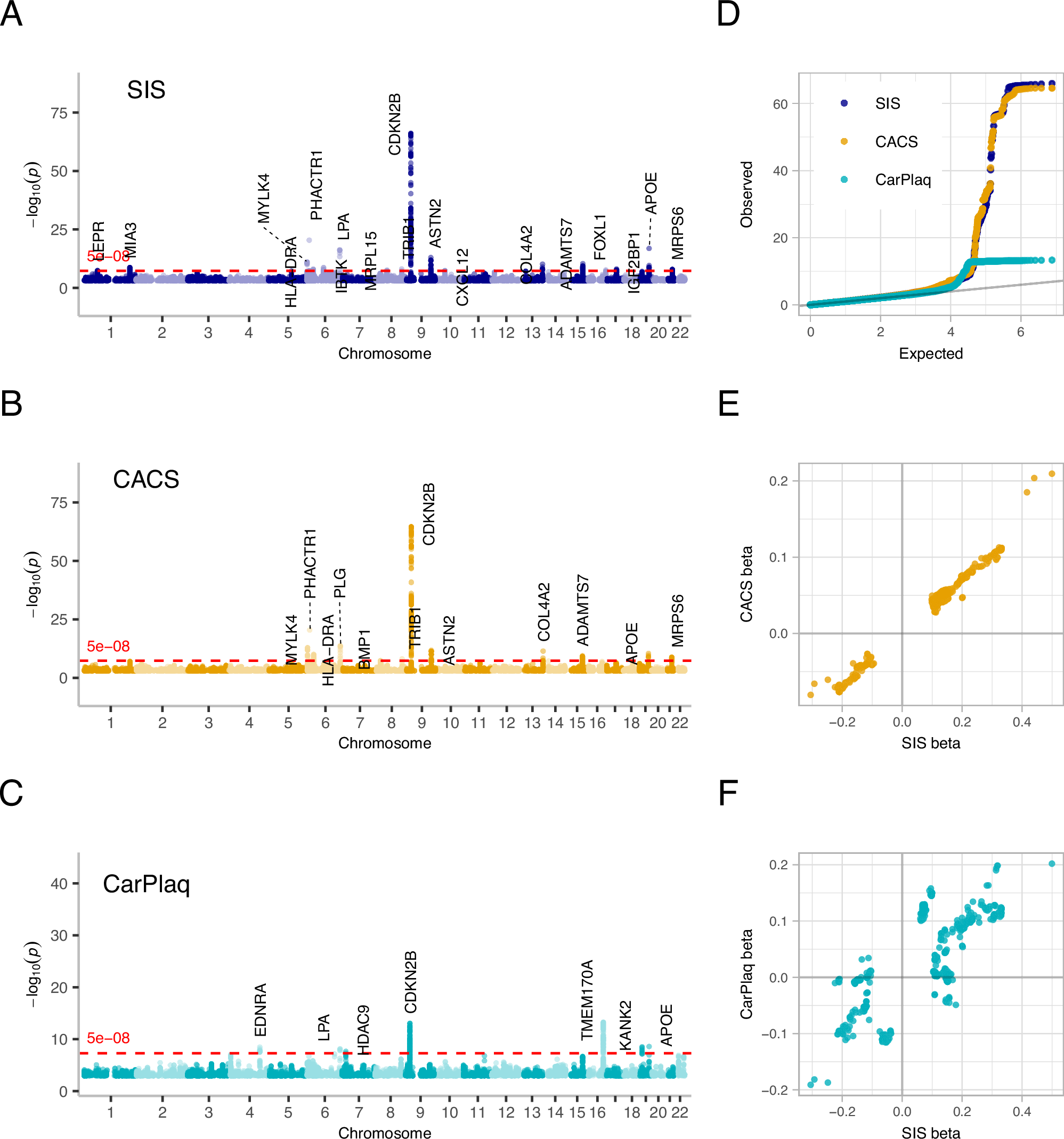2025-03-25 マックス・プランク研究所
<関連情報>
- https://www.mpg.de/24386496/0325-evan-human-faces-are-smaller-due-to-earlier-growth-stop-150495-x
- https://www.sciencedirect.com/science/article/pii/S004724842500020X
ヒトの中顔面の成長パターンはネアンデルタール人やチンパンジーと異なる Human midfacial growth pattern differs from that of Neanderthals and chimpanzees
Alexandra Schuh, Philipp Gunz, Chiara Villa, Bruno Maureille, Michel Toussaint, Grégory Abrams, Jean-Jacques Hublin, Sarah E. Freidline
Journal of Human Evolution Available online: 24 March 2025
DOI:https://doi.org/10.1016/j.jhevol.2025.103667

Abstract
Present-day humans have small and retracted midfaces, while Neanderthals possess large and forwardly projected midfaces. To understand the ontogenetic patterns underlying these characteristic morphologies, we compared maxillary growth and development from birth to adulthood in present-day humans (Homo sapiens; n = 128), Neanderthals (Homo neanderthalensis; n = 13), and chimpanzees (Pan troglodytes verus; n = 33) using macroscopic (i.e., geometric morphometrics) and microscopic (i.e., surface histology) approaches. Using geometric morphometrics to quantify macroscopic patterns of growth and development, we found that the midfaces of present-day humans are on average already smaller at birth than those of Neanderthals and grow more slowly after birth. In particular, we find an early cessation of growth around adolescence, which is unique to our species. Microscopically, this is reflected in reduced amounts of bone resorption, indicative of decreased cellular activities linked to bone development. Greater amounts of bone formation in the infraorbital and nasal regions and faster growth rates are responsible for the large Neanderthal midface. These results highlight the importance of postnatal ontogeny (especially in late stages) for explaining facial differences between Neanderthals and present-day humans, as well as part of the gracilization process characteristic of present-day humans.


